"LIVING IN THE AGE OF AIRPLANES is a story about how the airplane has changed the world. Filmed in 18 countries across all 7 continents, it renews our appreciation for one of the most extraordinary and awe-inspiring aspects of the modern world." airplanesmovie.com
Get Started for FREE
Sign up with Facebook Sign up with X
I don't have a Facebook or a X account

 Your new post is loading... Your new post is loading...
 Your new post is loading... Your new post is loading...

Ryan Rejaei's curator insight,
October 20, 2014 8:41 PM
So interesting. And easy to understand the information 
Becky Roehrs's curator insight,
October 23, 2014 3:54 PM
If you want to see a detailed breakdown and find out where the data came from, here you go: http://www.100people.org/statistics_detailed_statistics.php
TeresaSiluar's curator insight,
April 27, 2014 11:28 AM
Uso de mapas mentales en la curación de contenidos.

Louis Culotta's curator insight,
March 23, 2013 5:56 PM
if you ever wondered who online at any given time..check this out. 
Julieta Silva's comment,
April 16, 2013 4:50 PM
The web just reflects the world. If we don't trust everybody in our in our local job, in our city, the web is the same or worst. that's why we have to have an ethical behaviour watching and looking over the others.. But I think web is a great invention.
|

Emilio Ruano's curator insight,
May 4, 2015 1:17 PM
At least, the concern about equality, energy and social welfare is there. I like the last one about engineers tho. Hahaha. 
Mackenzie Hamilton's curator insight,
October 13, 2015 8:36 AM
I think this article is awesome because they use data visualization to show what people share the most, visit the most, and search the most. Data is everywhere and people are using it everyday and sometimes don't even think about it.

Didde Glad's curator insight,
March 24, 2013 5:52 PM
Præsentér ledelsesinformation i GRATIS designet dashboard med gnaske få klik

ParadigmGallery's comment,
March 25, 2013 11:48 AM
did it, interesting, not so sure the artsy, soft approach to the analytics report is as visually satisfying as the bright, primary colors of google.....

Martin (Marty) Smith's comment,
January 28, 2013 7:14 PM
I think "design" and "programming" are rushing at each other at light speed. Web pages will be made from branching if,then,else algorithms soon. Can't just drip paint on a canvas, so design's function will be making those algorithms make visual sense.

Gordon Shupe's curator insight,
February 8, 2013 6:38 AM
Info graphics don't really include digital photography, generally, but they are a fascinating way of displaying understanding, telling a story, and implying solutions.

olsen jay nelson's comment,
August 16, 2012 7:46 AM
This is just what I've been looking for, believe it or not:-)

Paul Rymsza's comment,
August 22, 2012 2:15 PM
the potential of this site is amazing between the interactive learning system and the correlation between the timeline and location. If the human geography class is anything like this i can't wait for it!
|




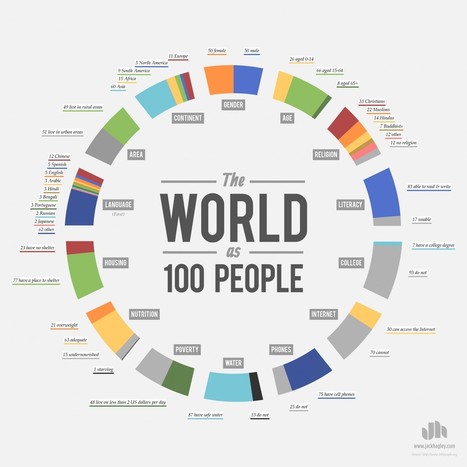

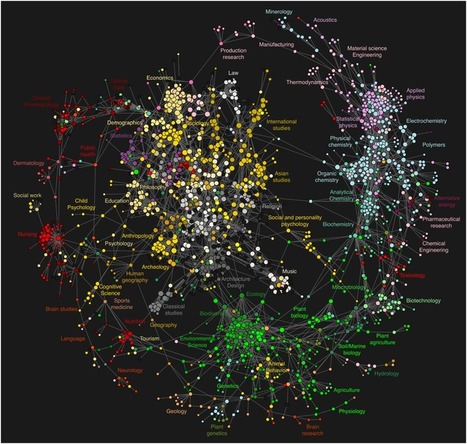



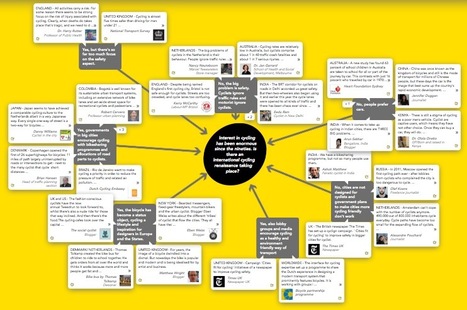



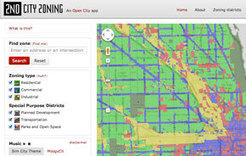


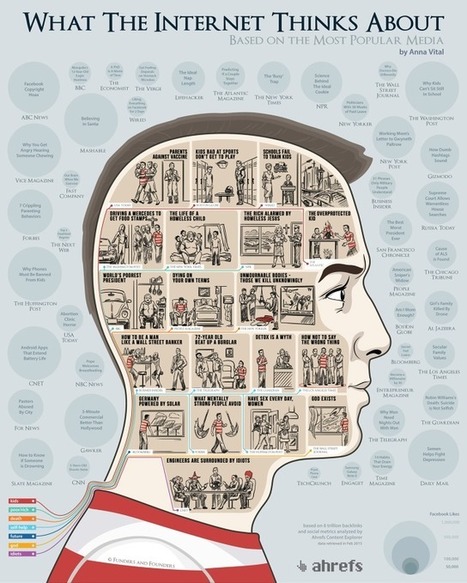

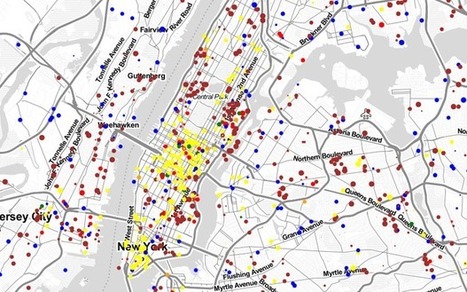


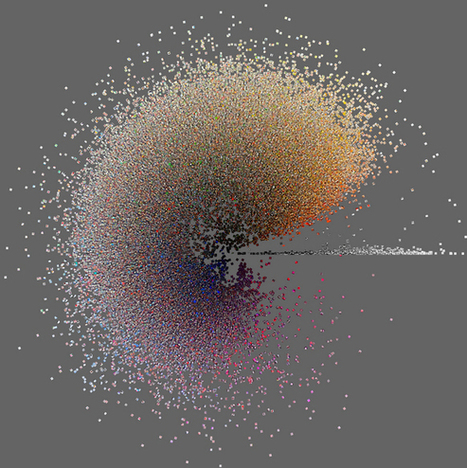
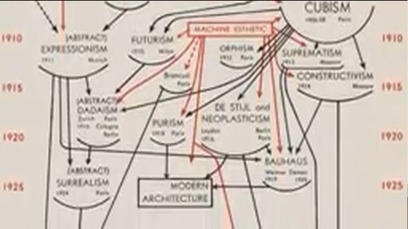
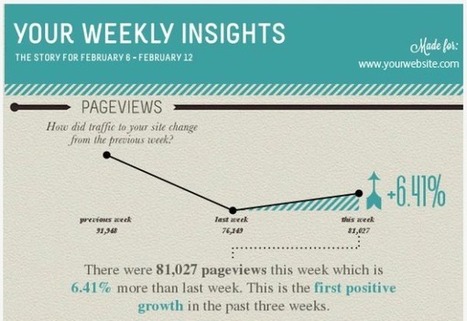

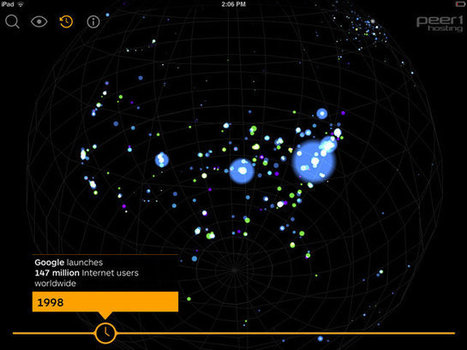

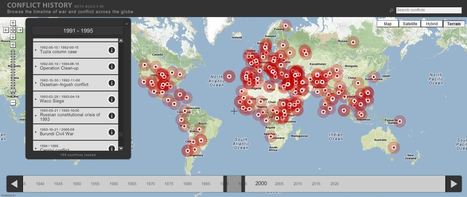






global interconnections!!
I was absolutely delighted to see this film on the big screen...it was as visually stunning as any film I'd ever seen. I and my young children were mesmerized. So much of the modern world that we take for granted is absolutely revolutionary. This is a great teacher's guide to teaching with this film.
Tags: transportation, globalization, diffusion, industry, economic, National Geographic, video, visualization.